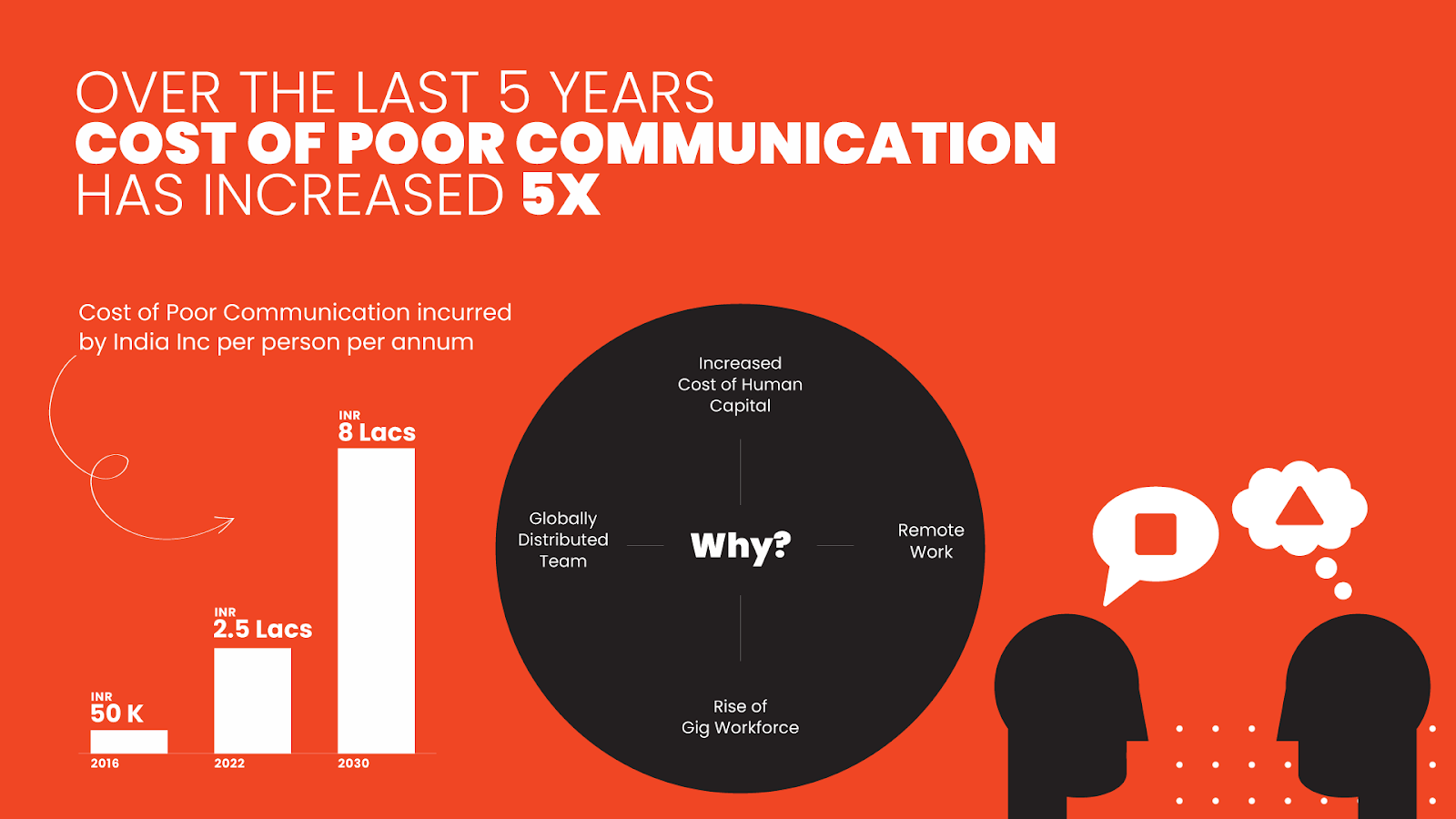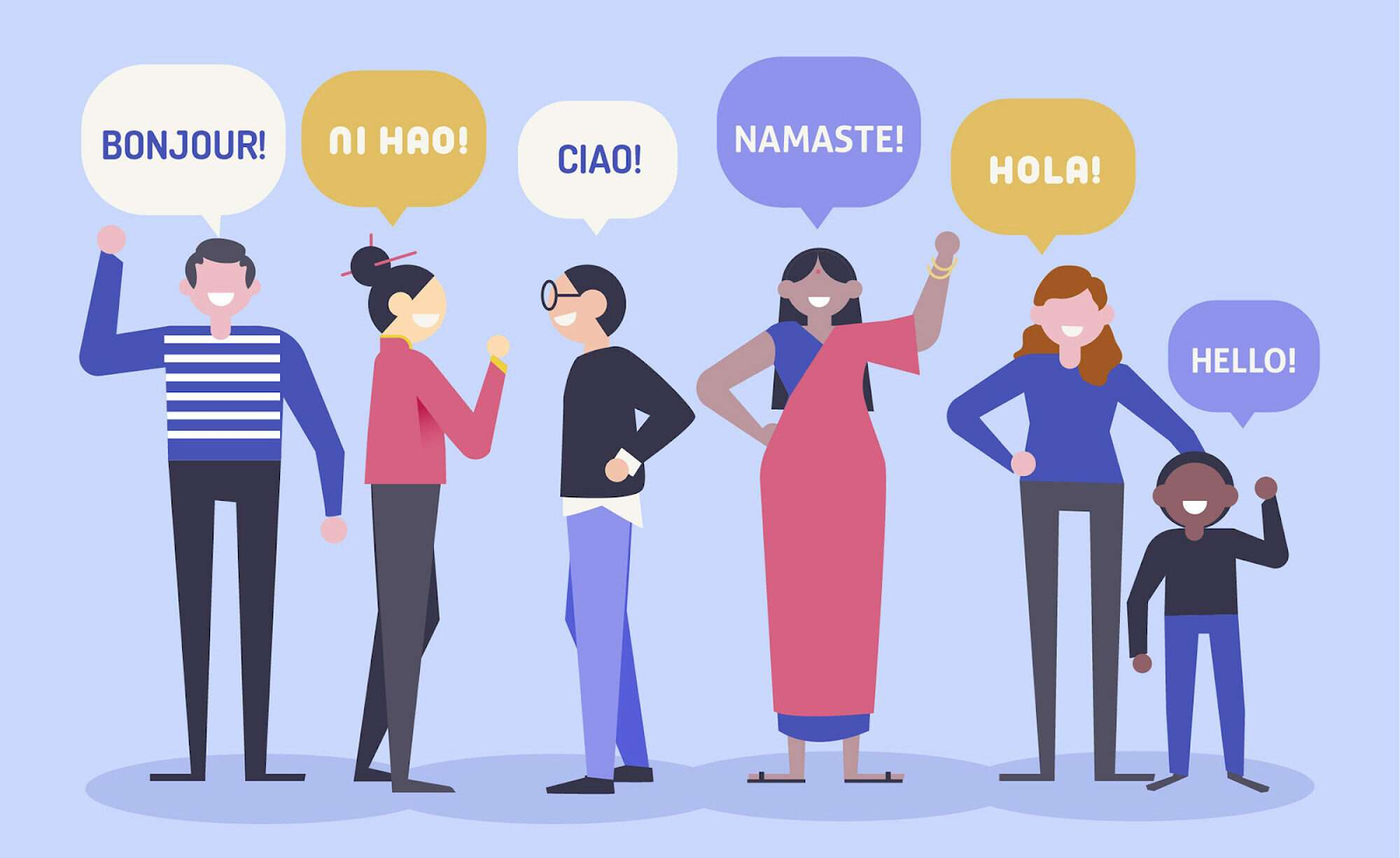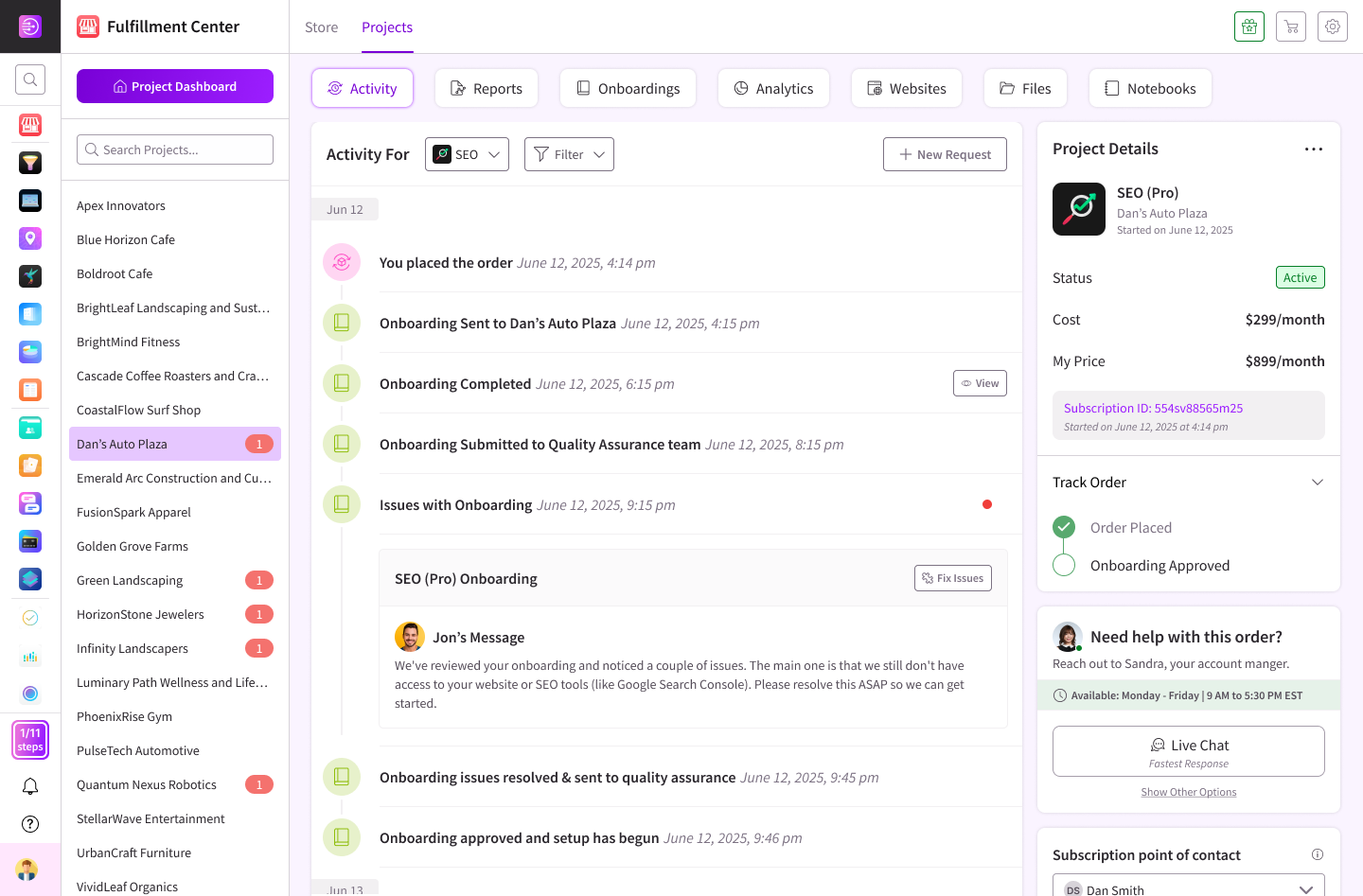Clear communication has always been important — but for global companies, it’s now make-or-break.
As teams spread across regions, languages, and time zones, the risk of misalignment grows. Strategic decisions lose clarity. Meetings get misinterpreted. Product priorities shift without everyone on the same page. In response, more CEOs are treating communication not as a soft skill — but as a critical part of how they scale.
That’s why transcription and language technology are becoming core investments in 2025. They’re not just for saving meeting notes or translating documents. They’re tools for unlocking transparency, reducing friction, and keeping distributed teams aligned.
The Global Communication Gap Is Costing Companies
Most teams don’t fail because of bad ideas — they fail because people weren’t aligned on what to do, when to do it, or why it mattered. And when teams span five time zones and three languages, that risk multiplies.
In many global organizations, English is the default language. But “default” doesn’t mean effective. Not everyone processes information the same way. Some team members are fluent but miss nuance. Others stay silent in meetings or avoid clarifying questions, even when they’re unclear. Over time, that leads to misalignment at every level — from product launches to hiring plans to customer messaging.
Adam Fard, Founder & Head of Design at UX Pilot AI, shares, “Miscommunication doesn't always show up as conflict — sometimes it’s quiet. Delayed projects, mismatched expectations, or unspoken confusion can all trace back to unclear internal UX.”
The design of internal systems, documentation, and even the structure of updates plays a bigger role than many realize. Clarity isn’t just helpful — in a multilingual team, it’s critical.
Important updates are shared once, live, and then lost. Regional teams rely on second-hand notes. Meetings happen without the people who needed to be in them — or with half the team disengaged because the language or timing didn’t serve them.
The result? Slower execution. Repeated work. Confused priorities. Missed revenue.

Image Source: People Matters
These aren’t “soft” problems — they’re hard business costs. That’s why CEOs are now treating language clarity and content accessibility as operational priorities. Not because it sounds good — but because global alignment directly affects how fast and well the company moves.
Transcription Is No Longer Just for Record-Keeping
A few years ago, transcription tools were seen as a way to archive meetings — something you used after the fact, maybe to check a quote or document action items. That’s changed. Today, transcription is an active part of how global companies operate in real time.
Modern AI-powered tools like Otter, Fireflies, and built-in Zoom/Google Meet transcription features now deliver real-time, highly accurate transcripts. But the value isn’t just in documentation — it’s in accessibility, says LJ Tabango, Founder & CEO of Leak Experts USA.
1. Async Visibility for Distributed Teams
If a team lead in Singapore misses the product strategy call that happened in San Francisco, they don’t have to wait for a follow-up email or rely on vague summaries. They can read (or search) the full transcript within minutes — or view an AI-generated summary with key points and next steps.
This makes every important meeting more inclusive and useful, especially for teams across time zones who can’t always attend live.
2. Transcripts Become Knowledge Assets
CEOs are increasingly treating transcripts as internal resources. Ernestas Duzinas, Founder/CEO of GoTranscript Inc, mentions, “A founder’s town hall or leadership Q&A session, once transcribed and shared, can be referenced during onboarding, used in team updates, or repurposed for investor comms. Instead of one-time events, they become repeatable communication touchpoints.”
3. Faster Alignment Across Departments
Rather than waiting on slide decks or trying to recall exact phrasing, teams can pull insights straight from transcripts. Product, marketing, and sales can align faster, since everyone has access to the same source — in full context, not filtered by memory or interpretation.
Transcription gives leaders a simple but powerful way to remove the ambiguity that slows teams down. When every key conversation is captured, searchable, and shareable, alignment becomes a byproduct — not a constant struggle.
Language Tech Is Making English-Only Cultures Obsolete
English might still be the global business standard — but in practice, relying on it exclusively creates distance. It limits how deeply teams engage, how confident regional leaders feel in strategy discussions, and how effectively cross-functional teams execute, shares Wojciech Ratajczak, CEO of Essay Writing Website.
That’s why forward-looking CEOs are leaning into language tech — not as a translation fix, but as a foundational layer of how they scale culture and clarity across regions.
1. Auto-Translation and Multilingual Messaging
AI-powered translation tools now integrate with common workplace apps — Slack, Notion, Google Docs, and more — making it easier for non-native English speakers to follow and contribute without friction. A quick translation toggle removes hesitation and speeds up understanding.
Company-wide updates, memos, and internal newsletters are increasingly shared in two or more languages by default — especially in global companies with fast-growing regional hubs.
Leo Baker, Chief Technology Officer at Vendorland, mentions, “Small improvements in cross-language clarity can create huge gains in speed and alignment. It’s not just about understanding the message — it’s about making sure nothing important gets lost between the lines.”
2. Subtitling and Voice Translation for Video Comms
Leadership videos, all-hands meetings, or recorded briefings can now be subtitled or voice-translated at scale. This doesn’t just help people “follow along” — it shows respect. It signals that the company values understanding across cultures, not just headquarters fluency.
Marissa Burrett, Lead Design for DreamSofa says, “Some CEOs even record key messages in multiple languages — or use AI-generated multilingual voice cloning to reach teams more directly.”
3. Empowering Regional Teams to Lead — Not Just Translate
When content is accessible in the local language, teams in Brazil, Germany, or Indonesia don’t just consume information — they participate. They lead projects, share insights, and push strategy forward instead of waiting for top-down direction to filter through.
This shift — from global-to-local translation to shared, two-way contribution — is what language tech makes possible. And it’s one of the clearest signs of a company that’s truly aligned at scale.
For CEOs, the message is clear — if your team’s understanding is limited by language, your execution will be too. The tools to fix that are here — and leaders are already putting them to work.
Siebren Kamphorst, COO of Rently, adds, “The moment teams stop relying on translation and start shaping strategy in their own language, that’s when alignment turns into momentum. That’s where real ownership starts."
How CEOs Are Building Language into Operational Strategy?
Language used to be a support function — something addressed by HR, marketing, or regional offices. Today, smart CEOs are treating it as part of the core operating system. It’s no longer just what gets communicated — it’s how, when, and in what language that shapes global alignment.
This shift isn’t about adding complexity. It’s about building scalable habits that improve understanding without slowing teams down.
1. Transcripts, Summaries, and Briefs as Defaults
More CEOs are now recording leadership calls, Q&As, and company-wide announcements, then auto-transcribing them and sharing multilingual summaries with all regions. These transcripts aren’t just for transparency — they’re for clarity. Teams across time zones don’t need to guess what was said or interpret secondhand notes. They get direct access to source material.
Some companies even share bullet-point summaries in local languages the same day — a small investment with outsized impact.
Chris Muktar, Founder & CEO of Userbird, notes, “When teams can revisit key conversations in their own language, it removes friction and speeds up alignment. It’s a simple shift that strengthens trust and keeps everyone in sync, no matter where they’re working from.”
2. Regional Localization of Strategic Docs
It’s not enough to distribute OKRs and strategy decks globally and hope for alignment. CEOs are having their key documents translated into region-specific versions, using local terminology and examples that resonate. Not just language-localized, but context-localized, says Brandon Smith, Lead Developer at NEWMEDIA.
This ensures that a product vision statement crafted in San Francisco also makes sense to engineers in Warsaw and sales teams in Singapore — without anyone needing to “read between the lines.”
3. AI-Assisted Internal Wikis and Repositories
Some leadership teams are now using AI tools to run multilingual internal wikis and knowledge bases. Instead of creating separate documents for every region, they build one core version and use AI to generate accurate translations.
This makes everything from onboarding to policy updates smoother across countries. When teams can access the same information in their own language, they move faster and make fewer mistakes.
Daniyal S, Founder & CEO of Qwoted Link Building, adds, “Shared knowledge only works if everyone can use it. Language shouldn’t be a barrier. AI-driven localization helps teams in different regions stay on the same page and act quicker.”
4. Setting Language Expectations as Part of Culture
Language clarity is being treated like hygiene — the same way leaders expect regular standups, clean documentation, or structured one-pagers, they’re now setting norms for how things are communicated.

This might look like:
- Every team update includes a short summary.
- Every big meeting has a shared transcript.
- Every new region gets a dedicated onboarding flow in its native language.
- Every new region gets a dedicated onboarding flow in its native language.
These aren’t just process improvements. They’re strategic decisions to reduce friction across borders and increase speed without sacrificing clarity.
The ROI of Clear, Inclusive Communication
It’s one thing to say language matters — it’s another to measure the upside. CEOs prioritizing transcription and language tech aren’t just improving culture; they’re seeing tangible business returns.
1. Faster Alignment = Faster Execution
When teams get clear direction — in words they fully understand — they execute faster. There’s less back-and-forth, fewer assumptions, and more confidence in the plan. Teams don’t waste cycles asking for clarification or cleaning up mistakes from miscommunication.
Rameez Ghayas Usmani, Director of Link Building at HARO Services, explains, “Missed context leads to missed opportunities. Whether it's pitching to journalists or collaborating across borders, clarity in language makes campaigns sharper and success more repeatable.”
2. Higher Engagement and Retention Across Regions
Employees are more engaged when leadership speaks their language — literally and culturally. When all-hands meetings are subtitled, strategy decks are localized, and regional feedback is invited (and understood), people feel like they matter. That’s a retention driver, especially in international teams where HQ often dominates the conversation.
3. Lower Onboarding and Training Costs
Multilingual onboarding materials help new hires get up to speed faster. Instead of relying on managers or peer translators, they can access everything from role expectations to product guides in a format that works for them. That leads to shorter ramp-up time and fewer early mistakes.
Ash Parekh, Partner at Real Estate St Maarten, mentions, “When employees understand exactly what’s expected from day one, everything runs smoother — especially in industries where client trust and timing matter just as much as the service itself.”
Localized onboarding builds confidence early, reduces dependency, and prevents missteps that can cost time or damage client relationships.
4. Better Collaboration Across Functions and Borders
When marketing in Germany understands product updates from HQ without needing a call, or engineering in India can follow roadmap changes with a written summary, cross-functional collaboration improves. People don’t have to wait or guess — they have what they need, in the format they prefer.
DashClicks offers Conversations software is a centralized communication hub designed to streamline how businesses engage with clients and manage internal messages. It brings all your interactions—SMS, email, Facebook Messenger, live chat, and even Google My Business messages—into a single unified inbox. This not only simplifies communication management but also helps teams respond faster and more consistently, regardless of the channel customers choose to use. Built with agencies and growing businesses in mind, it eliminates the need to switch between platforms, ensuring that no message or lead falls through the cracks.
One standout feature is the customizable website chat widget that enables real-time conversations with site visitors. Combined with automation tools like auto-responses and smart routing, the conversations software helps maintain 24/7 engagement and support. The platform also offers lead tracking, message history, and integration with the broader DashClicks ecosystem—such as CRM, sales pipelines, and reporting—making it easy to move from first contact to conversion without losing context. While it doesn’t include native transcription or translation features, it can complement language tech tools by serving as the centralized space where those insights—like multilingual transcripts or AI-generated summaries—are shared and acted upon.
Language Is No Longer a Barrier — It’s a Strategic Tool
For modern CEOs, language has become a performance tool — not just a logistical task. Communication no longer trails behind execution. It drives it
AI-powered localization, transcription, and language tech now help leadership teams set direction, build trust, and stay accountable — even across time zones and continents. When products, culture, and strategies span multiple countries, shared understanding becomes the glue that holds it all together.
As Noah Lopata, CEO of Epidemic Marketing, puts, “Clarity in communication keeps strategy from slipping through the cracks. Teams move faster when everyone understands the plan, no matter where they’re based or what language they speak.”
Leaders embracing this shift aren’t patching problems — they’re rethinking how teams connect and grow together. They’re creating workplaces where ideas flow both ways, where decisions get made with full context, and where progress doesn’t rely on top-down interpretation.
Conclusion
In a global company, clarity is currency. And the CEOs who recognize that — who prioritize how people understand, not just what they’re told — are building teams that move faster, trust deeper, and stay focused.
Transcription, AI translation, and multilingual workflows aren’t side projects. They’re operational upgrades. They turn language from a blocker into a system for scale.
You don’t need to solve everything at once. Start with transcripts. Add multilingual summaries. Build habits. But start now.
Because the faster your teams understand each other, the faster your company grows — everywhere.


.svg)
.jpg)
.svg)
.svg)
.svg)
.svg)
.svg)

.svg)




.svg)
.svg)
.svg)
.svg)
.svg)